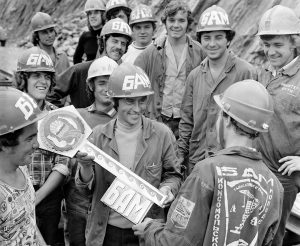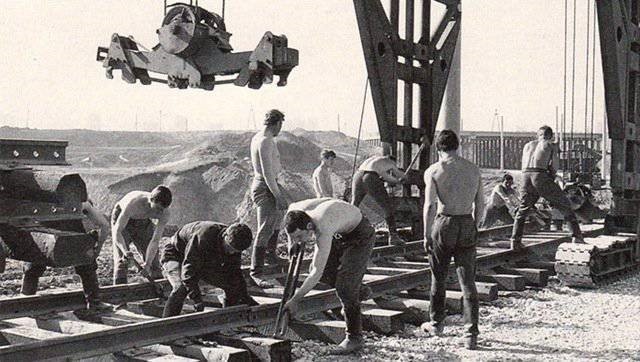Square of Builders of the BAM

Baikal-Amur Mainline (BAM) is a railway line that is over 4,000 kilometres long and penetrates deep into Eastern Siberia and the Russian Far East. It is one of the main railway lines on the scale of the entire planet. It is oriented approximately 610-770 kilometres north of and parallel to the Trans-Siberian Railway. The railway crosses 11 major rivers and passes through 7 mountain ranges. The idea of building the Pacific Railway (the forerunner of BAM) was discussed as early as the late 19th century, but it wasn’t until 1926 that topographical surveys of the area began. At the beginning of the Great Patriotic War, in January 1942, due to the shortage of metal in the country, parts of the already constructed sections of the BAM were dismantled and redirected to the construction of defence structures (e.g. the Volga defence line). The Tayshet-Bratsk-Ust-Kut section was opened in 1958, after which construction was suspended for almost 10 years. The main stage of construction of the main line took place between 1974 and 1984. When construction resumed in 1974, the youth (Komsomol) were mobilised for the BAM project. On 27 April 1974 the first All-Union shock Komsomol detachment, named after the 17th Congress of the Komsomol, was sent to build the BAM. Active construction of the railway began simultaneously in several directions. Civilian builders worked on the western and central sections (from Tayshet to Tynda), while the eastern section (from Tynda to Vanino) was built by railway troops (two railway corps of the Soviet Armed Forces). About 130,000 people were employed during the peak construction period in track laying alone, and the total number of BAM construction workers totalled 1 million by the time the work was completed in 1984. About 60 per cent of the mainline construction workers were under 30 years of age. 63 new settlements were founded during the construction of the BAM, of which 3 were new towns: Severobaikalsk, Tynda and Febralsk. The construction of the central part of the road, which was carried out in difficult geological and climatic conditions, took more than 12 years, and one of the most difficult sections – the Severomuisky Tunnel – was put into operation only in 2003. A square in the centre of Moscow is named in memory of the labour feat of the BAM builders.
Address: Moscow, Stroiteley Square BAM

